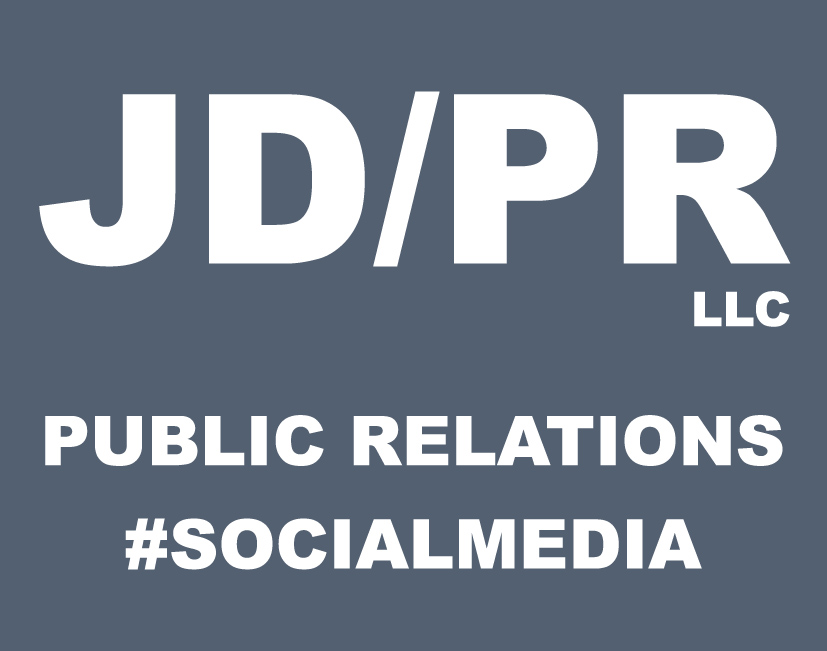PR – Doing a good deed and getting caught
This commentary was originally published on Strategic, the online B2B PR publication for executives in the USA, UK and Ireland.
My favorite PR definition is one I heard years ago: “Doing a good deed and getting caught,” writes Jeffrey Davis. That means you did the right thing, someone else saw your actions, and they shared the story, not you. There was no boasting on your part – that’s what advertising and promotion are all about.
“Getting caught” is a more direct and interesting definition than the one published by the Public Relations Society of America (PRSA): “Public relations is a strategic communication process that builds mutually beneficial relationships between organizations and their publics.”
Describing public relations
How I describe public relations to a client depends on whether they have worked with a PR agency before. I’ve found it’s much more challenging when you are their first agency or PR counselor, beginning with their understanding of what PR actually is. Many first-time clients think we are the people who write press releases, mass distribute them to the media, then watch the stories pile up. We all know that’s not how it works.
The novice marketing director considers “PR” a nice addition to the marketing program. A publicity hit to supplement the digital campaign, the direct mail, the advertising. As we know, that’s not what PR is. I recently worked with a client who, although they brought us on board, soon asked for a report outlining the difference between PR and marketing. Some who hire us don’t know what we do.
With someone experienced in PR it’s a different story, and our conversations are about realistic expectations. We don’t need to explore why it’s not a quick-hit sales tactic. It’s like a locomotive that might be slow at first, but it’s an ongoing must-have that generates long term results for the good of the company.
The scope of public relations
PR focuses on maintaining the company’s positive reputation. While the PRSA definition could be improved, the point that PR “builds mutually beneficial relationships between organizations and their publics” shows that while a sale could result, PR is much deeper and longer term than a sale.
Another way to open eyes to the broader role of PR comes from Spin Sucks by Gini Dietrich. She put together two pie charts, one on the left is titled “What people think we do,” and it’s a big blue circle that says “media relations.” On the right is a colorful pie chart with about 16 slices and titled “What we really do.” What else does a PR person do? Dietrich’s pie chart says it all: Internal communications, events, social media, email marketing, special events, content marketing, crisis communications, reputation management, sponsorships, public affairs, investor relations, influencer relations, executive communications, and much more. We just write press releases?
PR measurement
I like to compare PR measurement to baseball, where all the “little” successes add up. Winning takes much more than a home run or even a grand slam. You need to count the singles and doubles. The outs. The RBIs and the players’ batting averages, their on-base percentages and more.
The same goes for PR measurement. I advise clients to start with the goal of the campaign. What are you trying to accomplish? Now, break it down, looking at the incremental steps that you believe your potential customer should take. Measurable points along that journey: visits to a website or landing page; downloads of material such as a whitepaper; registrations for an e-newsletter; registration for a tour; or registration and attendance at an event.
Caution – using this incremental approach will result in smaller and more realistic numbers. No more reports showing the gazillion impressions your program yielded.
The value of public relations
In measuring the value of public relations, I follow the Barcelona Principles, and one of the areas that they get into are AVEs, or advertising value equivalents. The best argument against AVEs is that you simply cannot go to the Washington Post or the New York Times and say, “I would like to buy a story about my business. And please put it on page one or in the business section.” To claim that a story on the front page of the business section is the equivalent of buying an ad or even three times the value of that ad is ridiculous.
Plus, it’s not for sale, so you can’t really assign a value to it.
I also disagree with simply counting impressions and saying we got a gazillion impressions and isn’t that great? I don’t think that’s the best way to measure either, so unless a client requests AVEs, I’m not bringing them up.
I’d rather focus on integrated communications and how each discipline has its strengths and purpose.
Ideally, we don’t have to prove the value of public relations to clients as that’s a signal there will be an additional burden to our work.
I’ll conclude with that famous quote from Bill Gates where he said, in reference to PR, that if I were down to my last dollar, I would spend it on public relations. And that’s a good thing to keep in mind because public relations is much more than a press release and a sale. It’s a much broader approach to communications to safeguard one of your most valuable assets: your company’s reputation.

Leave a Reply
Want to join the discussion?Feel free to contribute!